The Air Brake System is a vital part of modern transportation and plays a critical role in the safe operation of trains, trucks, buses, and other heavy-duty vehicles. This friction brake system utilizes compressed air to stop your vehicle efficiently. Let’s take a closer look at its history, components, working, benefits, issues, inspection tips, and also learn how to avoid common issues with this system.
History of Air Brakes
Air brakes were invented by George Westinghouse in 1869 as a way to efficiently slow down and stop trains on railroads. Westinghouse revolutionized the railroad industry by creating a safer braking system for trains, which allowed trains to travel at higher speeds now that they could be reliably stopped. By 1872, Westinghouse patented the Air brakes system and it first came into public use in the railroads of Pittsburgh, Pennsylvania.
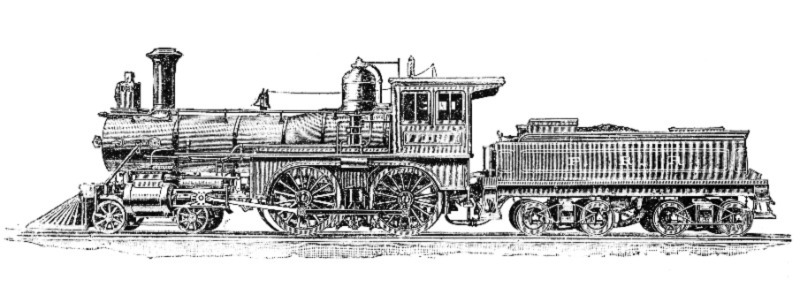
The air braking technology was eventually picked up by a German company called Knorr-Bremse which was the first to develop air brakes for a truck and trailer in 1922. This brake was an immediate success and, by 1925, nearly all large trucks came equipped with all-wheel air brakes.
Over the years, the air brake system has made many improvements, making it more reliable and efficient than ever in modern vehicles.
The Components of an Air Brake System
An air brake system has three main components: the supply system, the control system, and the brake unit.
1. The Supply System
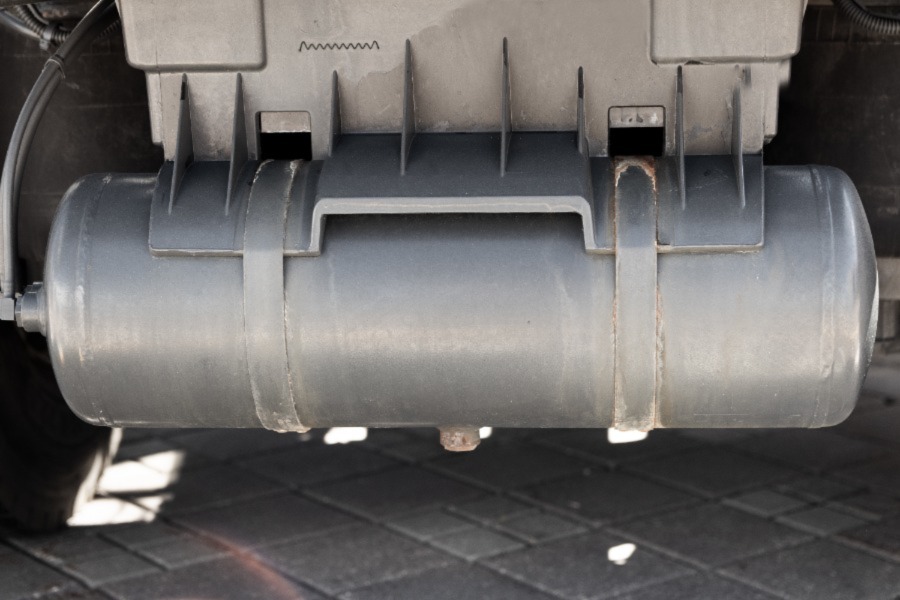
Here’s a quick look at what each component does in the supply system of the Air Brake System:
- Compressor: Pumps air into the system, creating pressure that activates the brakes.
- Pressure regulator: This regulator maintains the correct air pressure in the system.
- Air dryer: It is capable of removing moisture from the air to prevent brake corrosion.
- Regeneration reservoir: This reservoir stores clean, dry air so the air dryer can function correctly.
- Four-way protection valves: These are used to prevent the brakes from being applied accidentally.
- Compressed-air reservoirs: Tanks that hold compressed air.
- Park brake hand control valve: A valve that the driver uses to apply and release the parking brake.
- Park brake safety release valve: A safety valve that releases the pressure in the system if the parking brake is applied too hard.
- Brake foot valve: A valve that the driver uses to apply and release the brakes.
- Front air-brake chambers: Chambers in the front of the bus that apply the air brakes.
- Brake-relay valve: A solenoid valve that directs air pressure to the appropriate service brake chambers.
- Load-sensing valve: Senses the vehicle’s weight and sends that information to the brake-relay valve, which then adjusts the air pressure accordingly. This ensures that the brakes are effective regardless of how much weight the vehicle loads.
- Rear-spring brake chambers: These chambers are located on each side of the axle and are responsible for applying the brakes when air pressure is applied.
2. The Control System
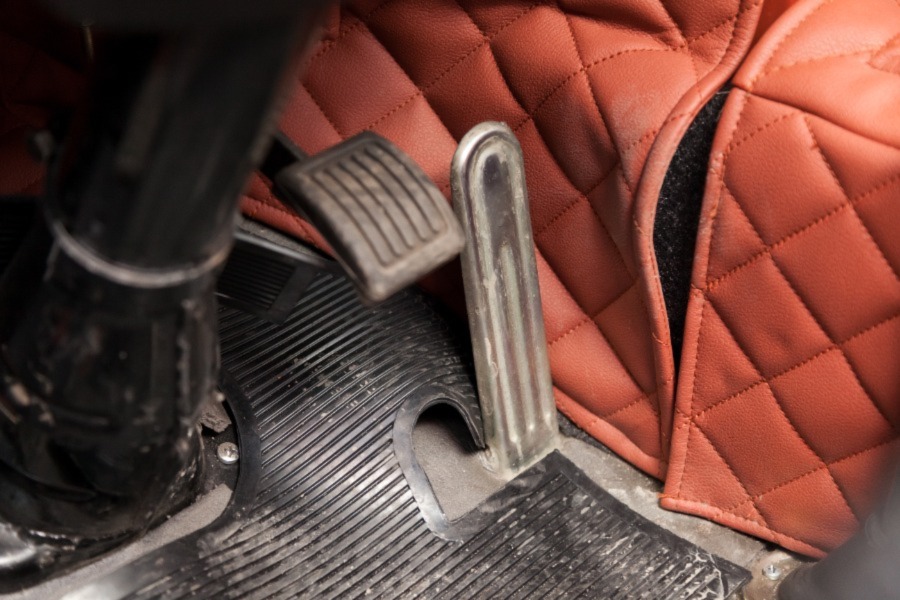
The control system includes the brake pedal, the brake valve, and the brake light switch. The brake pedal pushes the brake valve to activate the brake unit, and when you step on the brake pedal, it sends a signal to the brake light switch to turn on your brake lights.
There are several vital parts of the control system in the Air Brake system: the service brake circuits, the parking brake circuit, and the trailer brake circuit.
Let’s take a closer look at what each of these components does.
- Service brake circuits: Sends pressurized air to the front and rear spring brake chambers simultaneously, causing them to apply the brakes.
- Parking brake circuit: Sends pressurized air to the rear spring brake chambers only, which causes them to apply the parking brakes. This circuit is activated when the parking brake pedal is depressed.
- Trailer brake-circuit: Sends pressurized air to the trailer’s braking system, which applies the brakes when needed.
3. The Brake Unit
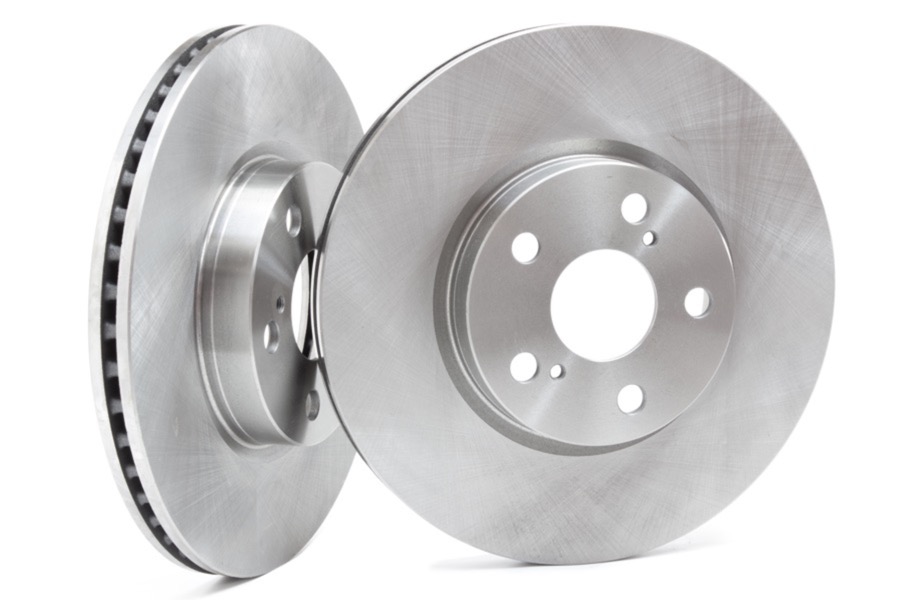
The brake unit includes the actuator, the calipers, and the rotors. The actuator applies pressure to the calipers, which clamp down on the rotors to stop the vehicle.
Benefits of Air Brake System
Air brakes offer some benefits over traditional brake systems. They’re able to create more friction, which results in greater stopping power. Additionally, they’re built to last for much longer distances, making them ideal for heavy-duty vehicles like trucks and buses.
Air brakes are also more reliable than traditional brakes, as they don’t rely on friction between the brake pads and the brake rotor to stop the vehicle. This means they’re less likely to suffer from brake fade, which is a condition that causes the brakes to lose their stopping power over time.
Finally, air brakes are easier to maintain and repair than traditional brakes, making them a more cost-effective option in the long run.
Why Air Brakes are Preferred over Hydraulic Brakes?
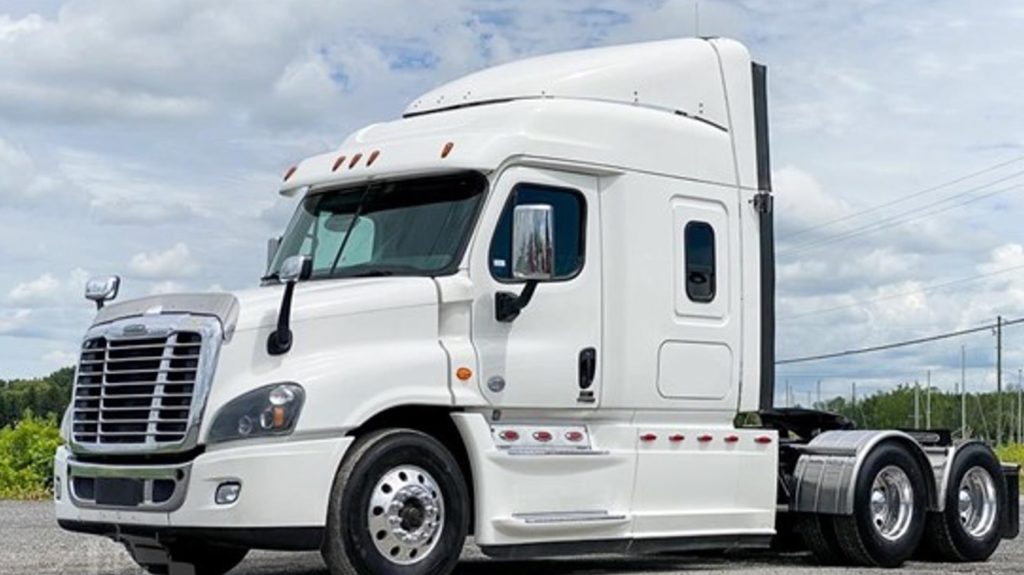
A few factors have led to the increased popularity of air brakes over hydraulic brakes. For one, air brakes are much more efficient. They can generate more stopping power with less effort, which makes them a better choice for heavy vehicles and trailers.
Air brakes are also very reliable. They rarely fail; when they do, it’s usually because of a problem with the compressor or within the air tanks. This starkly contrasts hydraulic brakes, which tend to fail more often, most commonly due to small leaks in the hydraulic lines.
Lastly, air brakes are easier to maintain and repair than hydraulic brakes. Most of the components on an air brake system are easily accessible, which makes troubleshooting and repairs much simpler.
Most Common Issues with Air Brakes
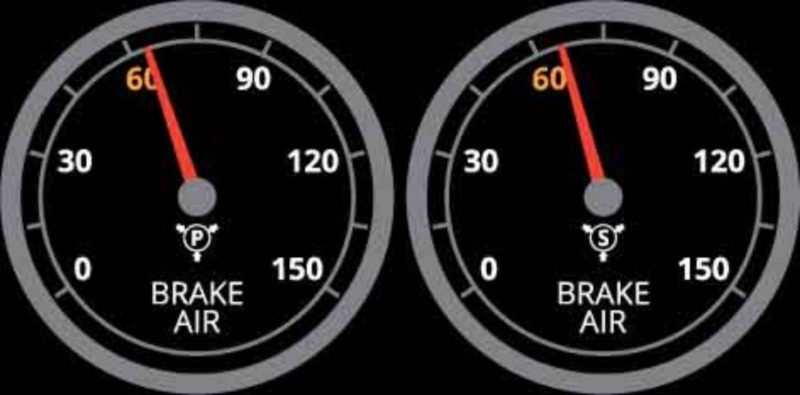
There are a few common issues that can occur with air brakes. Here are a couple of the most common problems and how to fix them:
- Low air pressure: When the air pressure in the brake system falls below a certain psi level, the brakes will not work correctly. This can be caused by a leak in the system, a problem with the compressor, or simply a failure to keep the system properly pressurized. If you experience low air pressure, you should stop as soon as safely possible and call for help.
- Brake fade: Brake fade is caused by a loss of braking power due to excessive heat build-up in the brake system. When this happens, the brakes will feel soft and will not be able to stop the vehicle as effectively. The only solution is to let the brakes cool down before using them again.
How to Inspect Air Brakes for Wear and Tear
When inspecting air brakes, you should check the following:
- Slack adjusters: Make sure they’re adequately adjusted and aren’t sticking.
- Air lines: Look for cracks, leaks, and kinks in the lines.
- Brake chambers: Check for damage and excessive wear.
- Brake shoes: Inspect for wear and tear.
- Wheel bearings: Look for signs of excessive heat or grease leakage.
If you find any problems while inspecting the air brakes, you should adjust or repair them as necessary.
Tips for Preventative Maintenance of Air Brakes
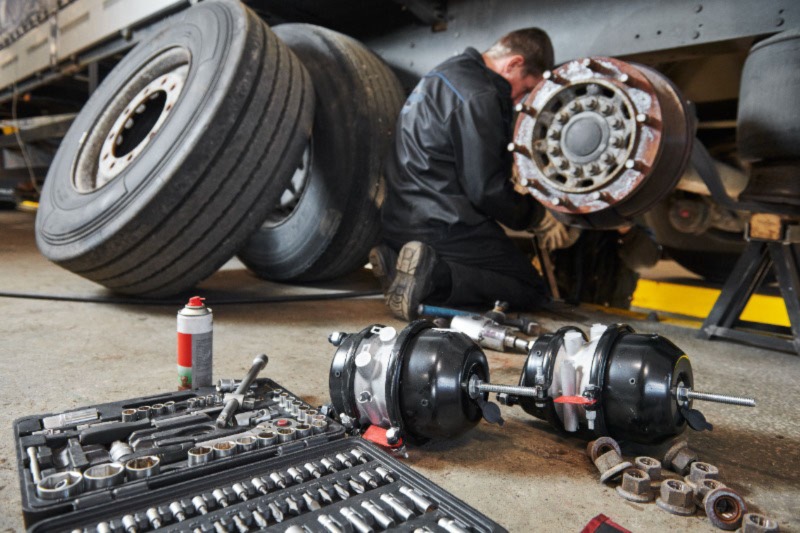
Air Brakes are a critical part of any large vehicle, and proper maintenance is essential to keeping them in good working order. Here are a few tips for avoiding common issues with air brakes:
- Always keep the air lines clean and free of debris
- Inspect the air hoses for cracks or leaks regularly
- Check the air tanks for signs of corrosion or damage
- Make sure the brake valves are properly sealed and lubricated
- Ensure the compressor is functioning properly
Summary
Air brakes are very reliable and efficient. They are also very safe. There are some issues with air brakes, but they can be addressed by proper inspection and maintenance.
Concerned about the state of your brakes? Diesel Repair has everything you need to keep rolling, secure in the knowledge that your stop will stop when you need it to. At Diesel Repair, we have all the technical repair document information you need to find out exactly what’s happening with your truck and how to fix it right the first time.
We love hearing our customer’s stories and thoughts about how the air brake system works on commercial trucks, so make sure to leave a comment!
Diesel Laptops offer a vast range of diagnostic tools, repair information, parts information, and training classes to help you quickly and easily diagnose all commercial trucks. Let us see how we can help you save both time and money!

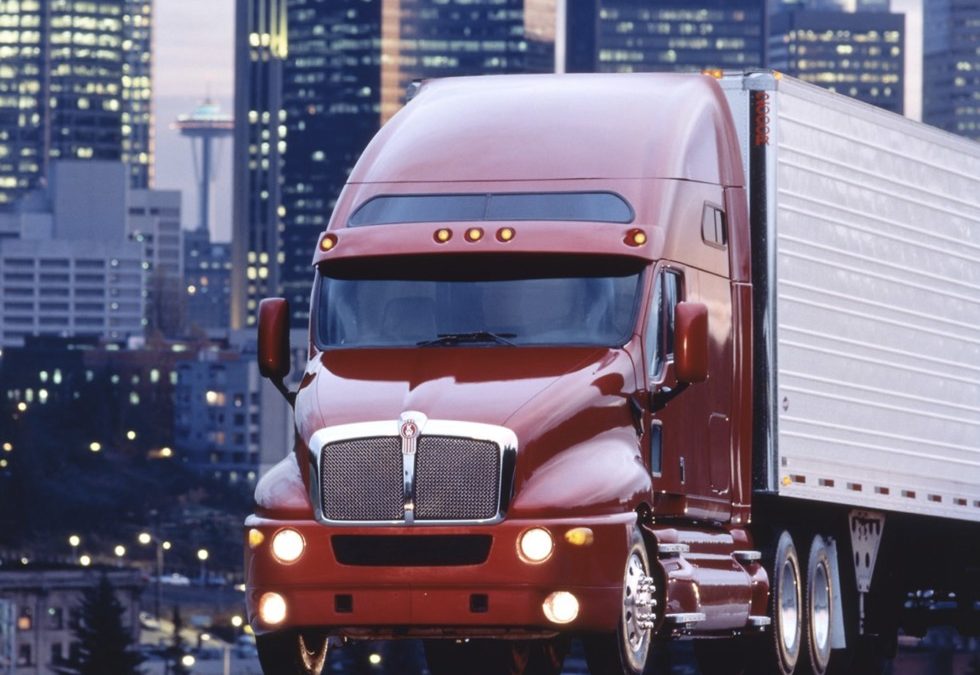
Awesome read!!!! Even for a veteran mechanic.